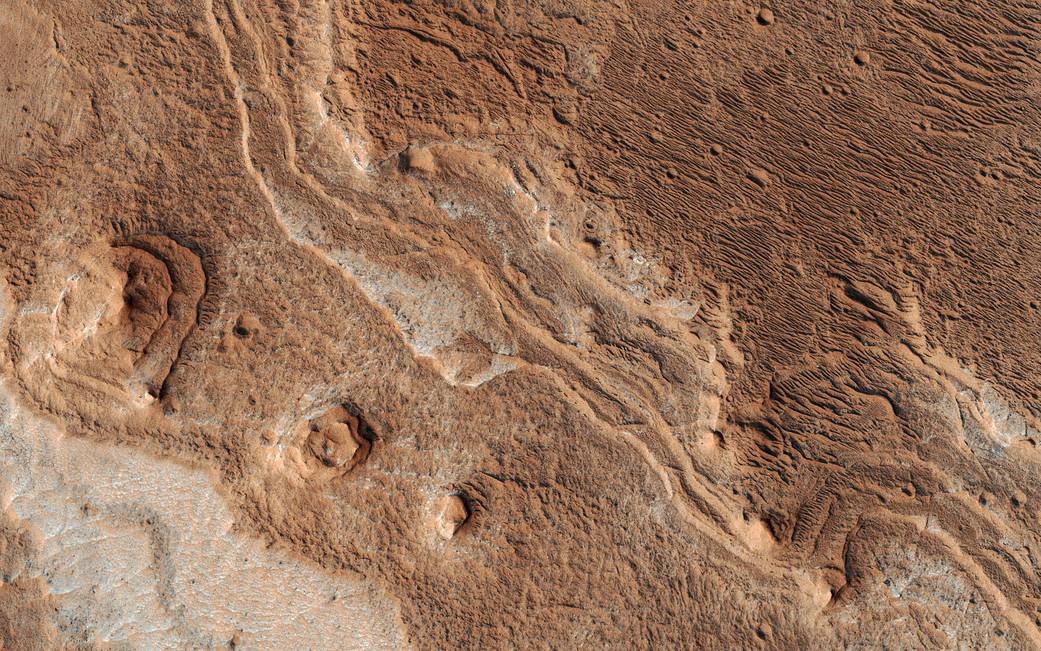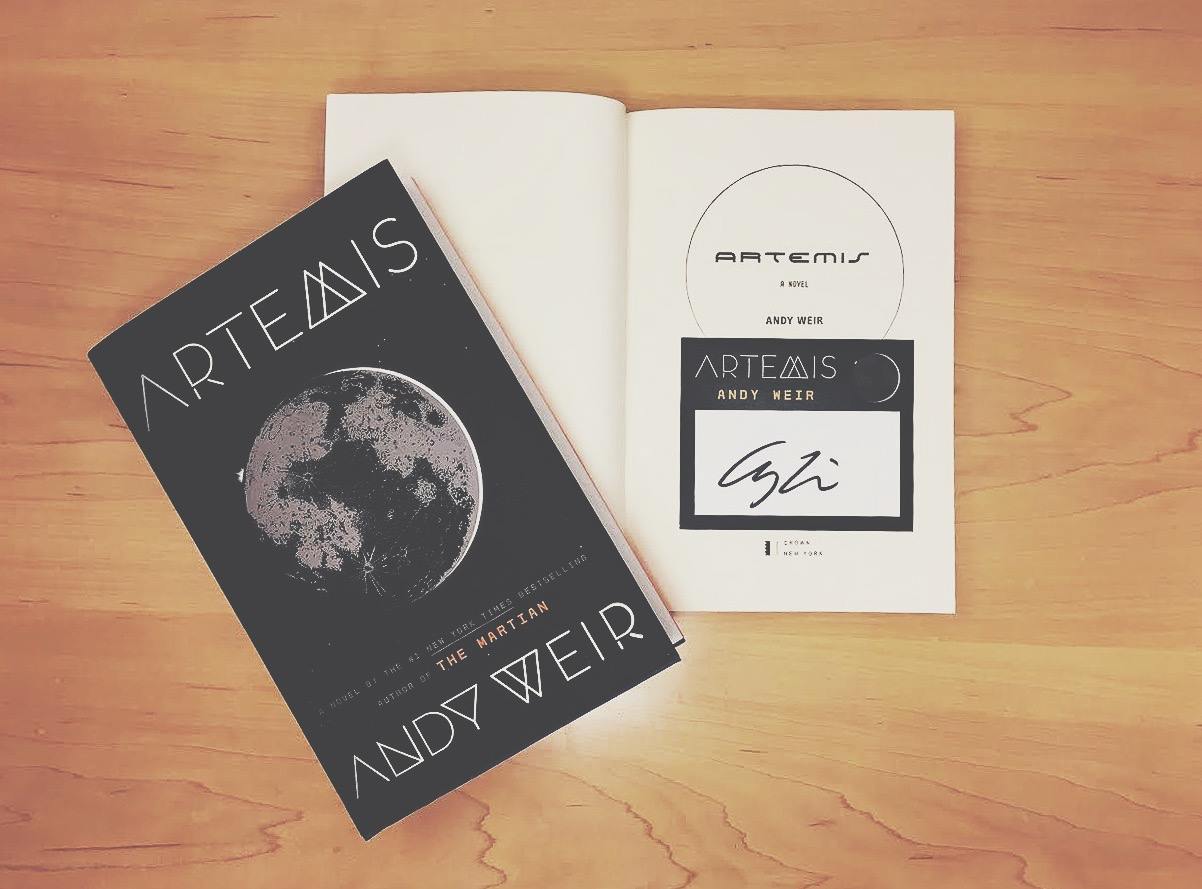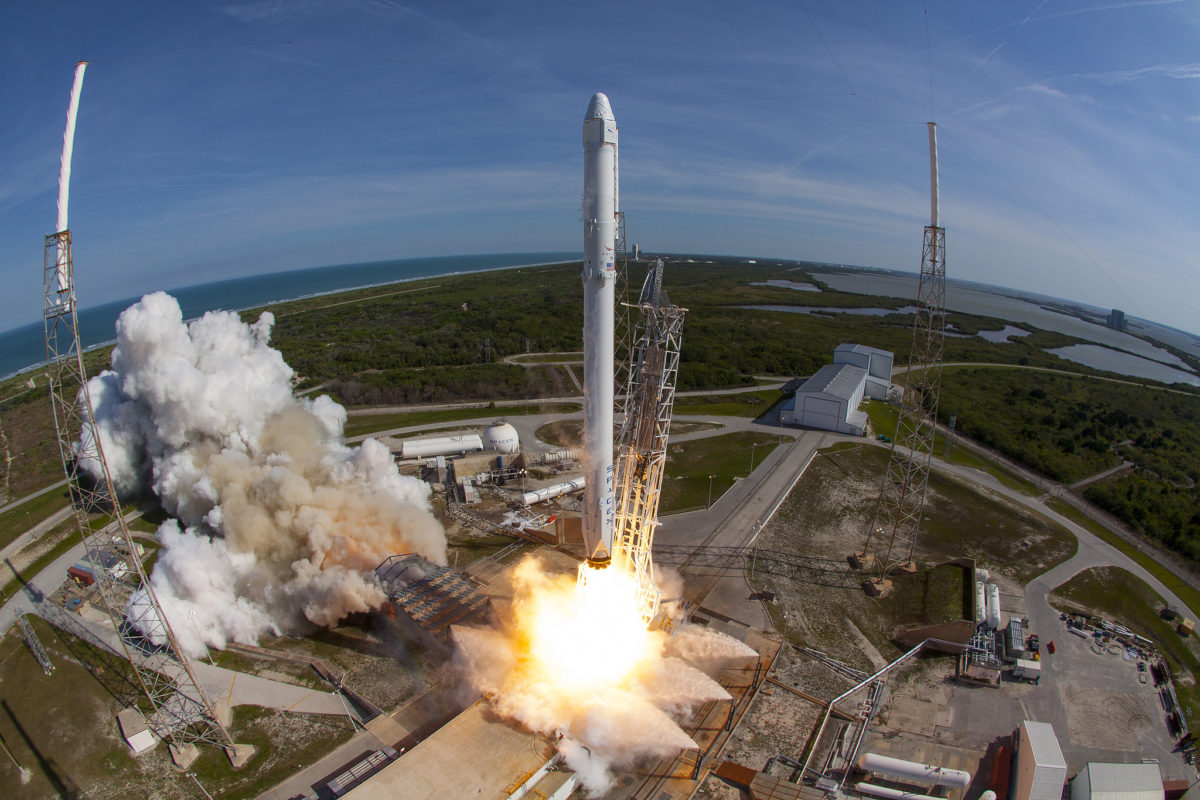It’s not a secret that human deep space exploration is the ultimate goal for both NASA and the commercial space industry. Like all exploration missions, there are years of preparation to ensure that everything is ready to go and will run as smooth as possible. One of the many things that need to be accounted for is the nutrition and health of our astronauts, especially what they will be eating during their long journey to Mars and other worlds.
Astronauts on board the International Space Station currently recycle some of their urine to make water––which is less gross than you think thanks to technology. But what about food? If we were to send up food with our astronauts, it would not only take up limited space, but it would also increase the payload mass which increases the overall fuel cost for the spacecraft and its trip. Another option is to grow the food while on board, but that would use a great deal of energy and water––the International Space Station has had success growing and eating veggies..
Because missions going to Mars and beyond would take months, or quite possibly years, researchers are trying to think of how to feed our astronauts the most efficient and cost effective way possible.
Researchers at Penn State University has discovered that it is possible to use microbial reactors to break down solid and liquid waste, all while reducing the growth of pathogens. Christopher House, who is a professor of geosciences at Penn State, said an in interview that “[They] envisioned and tested the concept of simultaneously treating astronauts’ waste with microbes while producing a biomass that is edible either directly or indirectly depending on safety concerns”.
To test this hypothesis, the researchers created an enclosed system with a length of four feet and a diameter of four inches, and then selected microbes to encounter an artificial waste in this cylinder device. They were then able to observe how the microbes were breaking down waste using a similar method to how humans digest food, called anaerobic digestion. This process produced methane, which can be used to grow a different microbe used in animal feed, called Methylococcus Capsulatus. The team reported that “Methylococcus capsulatus was 52 percent protein and 36 percent fats, making it a potential source of nutrition for astronauts”. No, the astronauts will not be eating their own waste, it will only be acting as a form of fertilizer for their food. The methane from the waste will act as a food source for the bacteria, which will then grow into nutritious food for the astronauts.
What about other types of environments? The Penn State researchers also tested the growth of microbes in an alkaline as well as a high heat environment. With the pH raised to 11, the team was able to find bacteria known as Halomonas Desiderata that contained 15 percent protein and 7 percent fats. With the temperature raised to 158 degrees Fahrenheit, they were able to grow Thermus Aquaticus, which had 61 percent protein and 16 percent fats.
This experiment and discovery was a huge step forward towards the goal of traveling to Mars and beyond. “This process is even faster than growing tomatoes or potatoes,” according to House, which is why it has the capability for being used for space flight in the future.
Image Credit: NASA
 Cassie Johnson is a Space Reporter and Photojournalist for Star Letters. She studied Studio Art and Design at Northern Illinois University, with a degree emphasis in Photography. When she is not chasing rockets or staring at the stars, Cassie can be found perfecting her photography or with her dogs, Frankie and Chewie. You can find her on Twitter and Instagram.
Cassie Johnson is a Space Reporter and Photojournalist for Star Letters. She studied Studio Art and Design at Northern Illinois University, with a degree emphasis in Photography. When she is not chasing rockets or staring at the stars, Cassie can be found perfecting her photography or with her dogs, Frankie and Chewie. You can find her on Twitter and Instagram.









